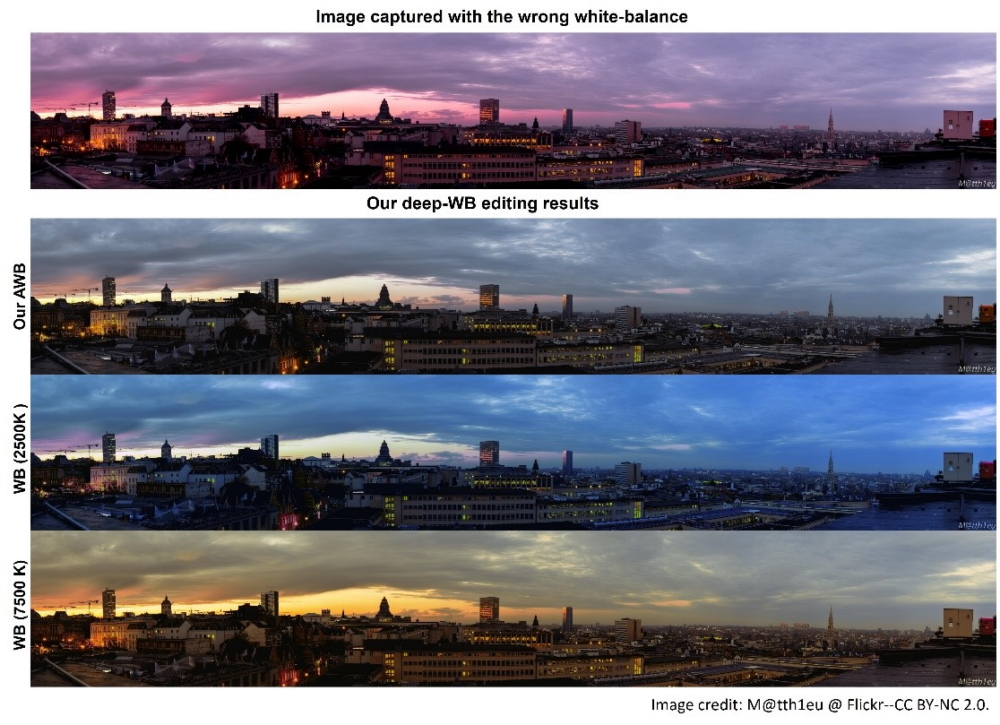

Samsung Electronics’ Global Research & Development (R&D) Centers have presented their studies to the CVPR (Computer Vision and Pattern Recognition) introducing new computer vision, deep learning and AI related technical researches.
CVPR is the world’s biggest conference on computer engineering and AI. At this year’s conference, held online from June 14 to 19, Samsung Research, an advanced R&D hub within Samsung Electronics’ SET Business and its advanced R&D centers gave presentations on a total of 11 thesis papers. Researchers from Samsung Moscow AI center and Samsung Toronto AI center were invited to oral presentations, an opportunity given to only 5% of the entire attendees.
At the oral presentation, Pavel Solovev of Samsung Moscow AI Center introduced ‘High Resolution Daytime Translation without Domain Labels’, which is a technology that changes a high resolution landscape photograph into scenes from various times of the day using data without domain label. Konstantin Sofiiuk also introduced ‘f-BRS: Rethinking Backpropagating Refinement for Interactive Segmentation’, which is a technology that allows a user to simply click an object in a photograph to precisely select and separate it.

‘High Resolution Daytime Translation without Domain Labels’
Joining from the Toronto AI Center, researcher Michael Brown and his team introduced the paper titled ‘Deep White-Balance Editing’, which was also selected for an oral presentation. This AI technology corrects white-balance mistakes made in a captured photograph much more accurately than existing photo editing programs. This technology also allows users to accurately adjust the photo’s white-balance color temperature.

Deep White-Balance Editing
Researchers from Samsung Research America also presented interesting findings at the conference. Eric Luo’s study titled ‘Wavelet Synthesis Net: An Efficient Architecture for Disparity Estimation to Synthesize DSLR Calibre Bokeh Effect on Smartphones’ focused on key enablers to narrow the gap between DSLR and smartphone camera in terms of bokeh, the narrow depth of field (DoF).
Yilin Shen from Samsung Research America’s AI Center introduced a study on out-of-distribution (OoD) benchmarks for deep neural networks research. Shen’s study titled ‘Learning out-of-Distribution Detection without Out-of-Distribution Data’ proposed the key machine learning algorithm of drastically improving the detection rate, one of major challenges in AI technology.
Additionally, the studies proposed by researchers from the Samsung Research’s Visual Technology team and Samsung R&D Institute India-Bangalore were also selected by CVPR.
